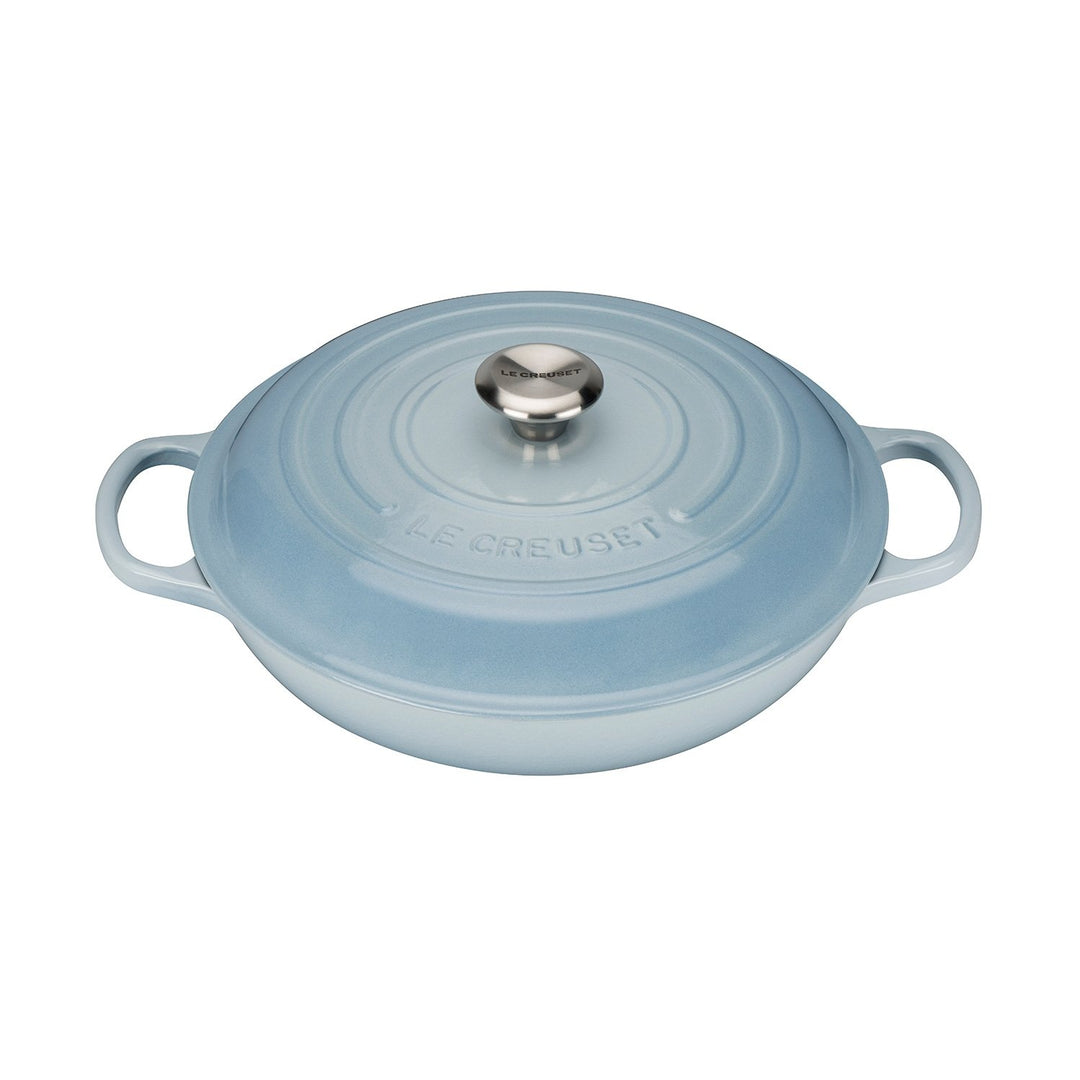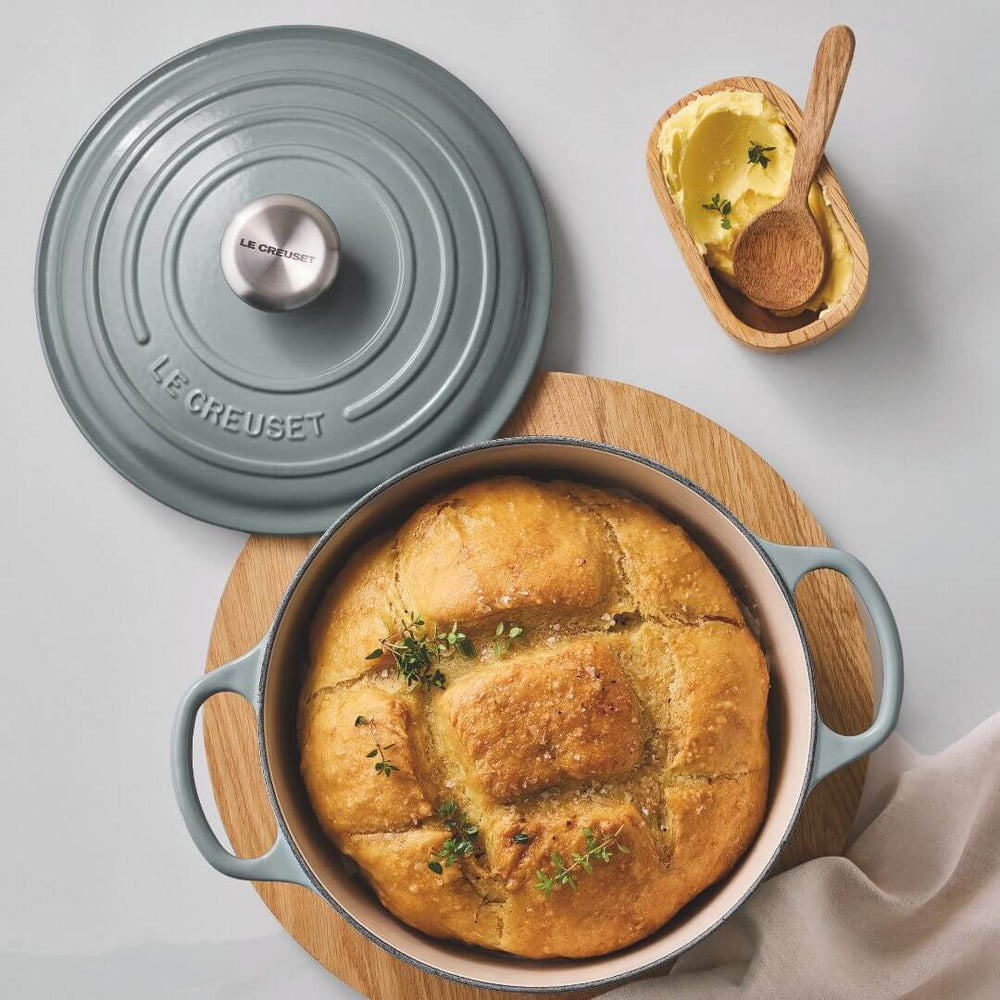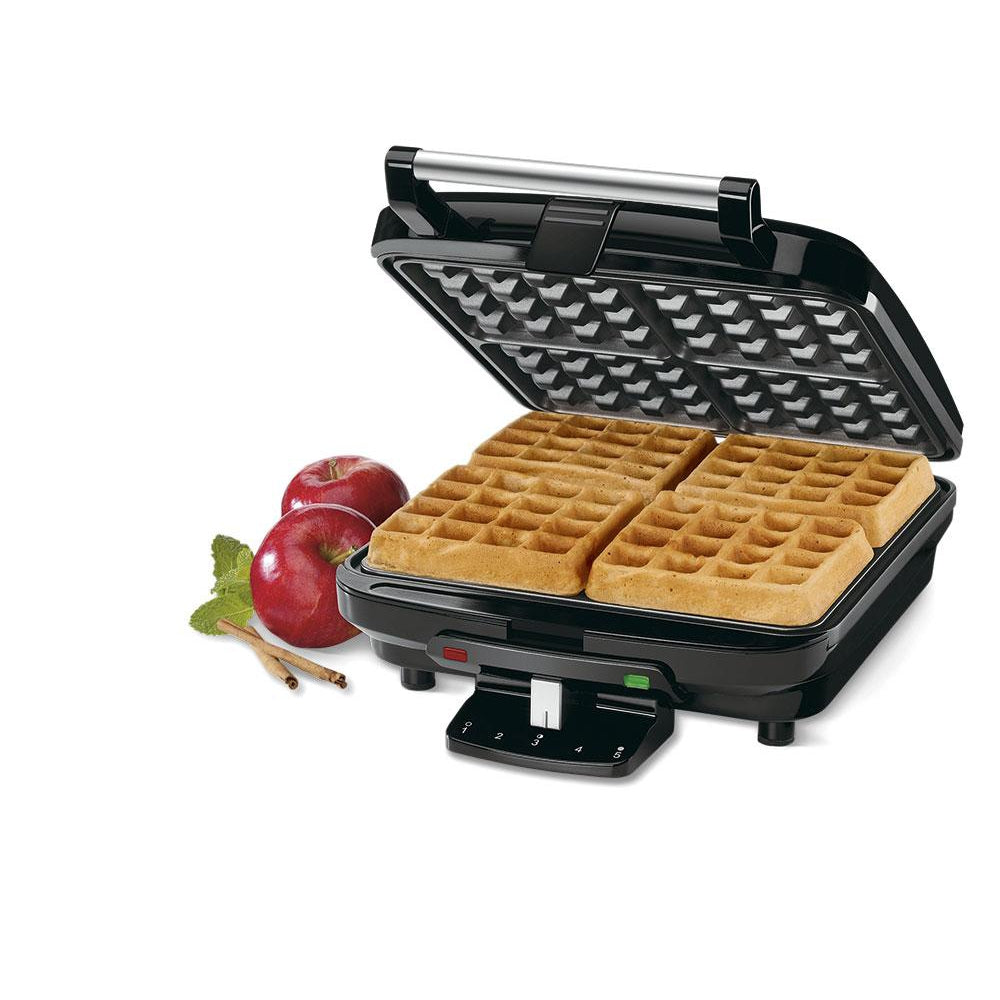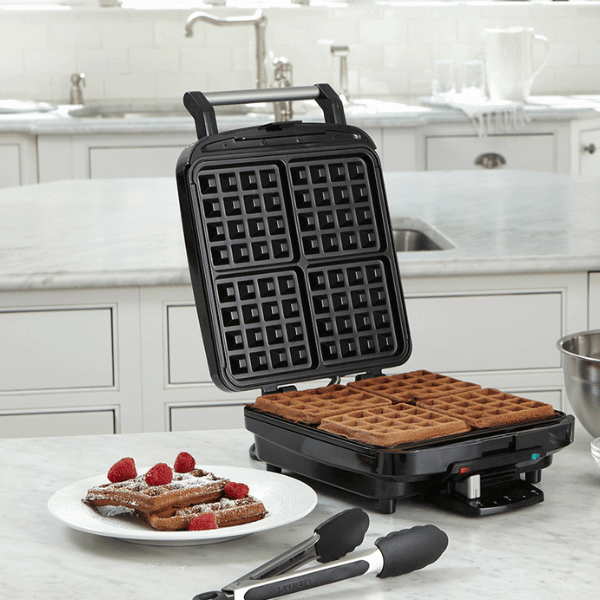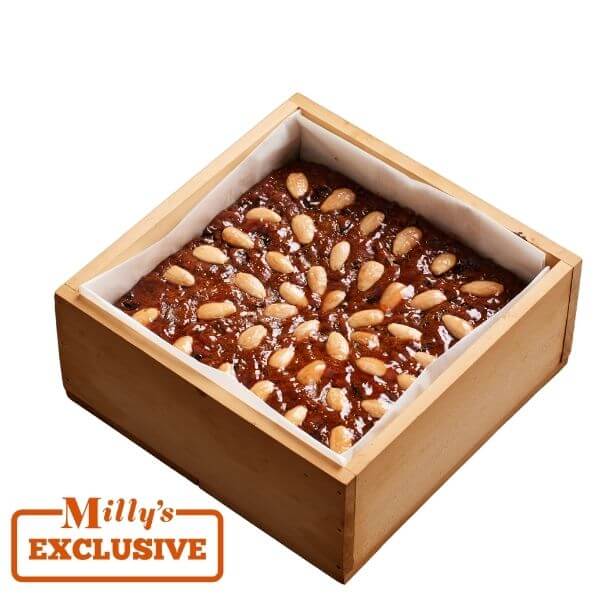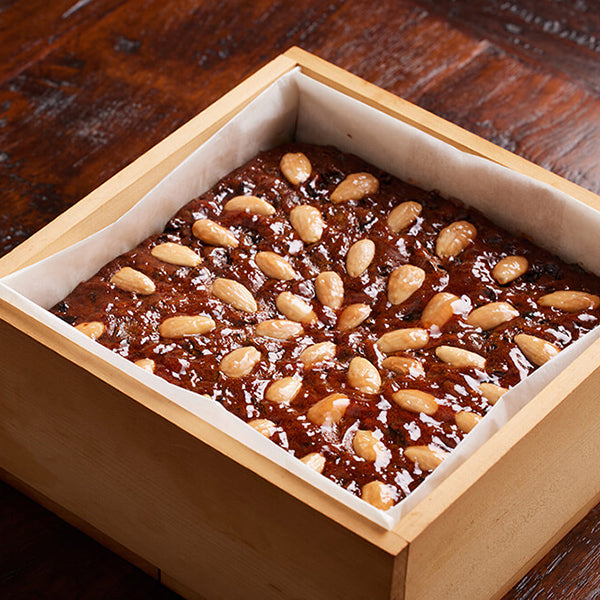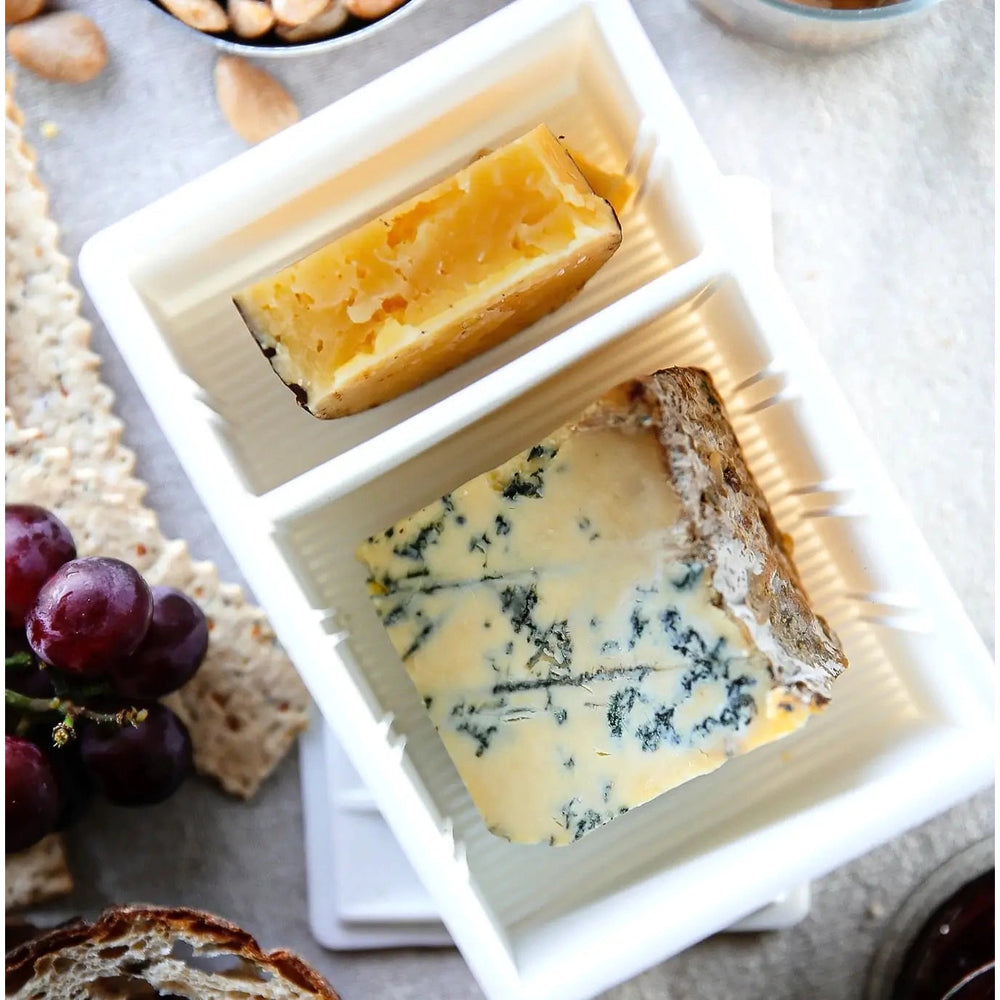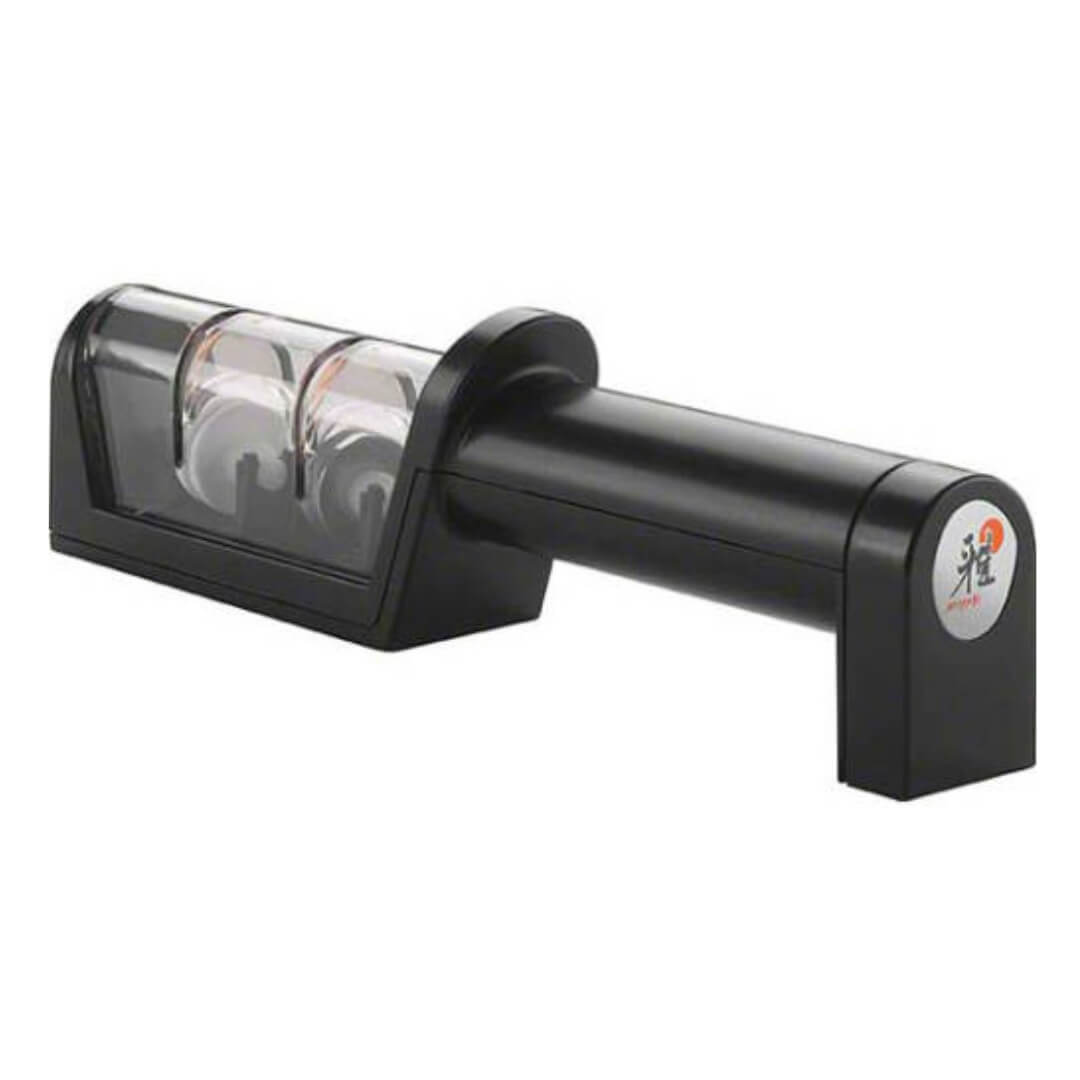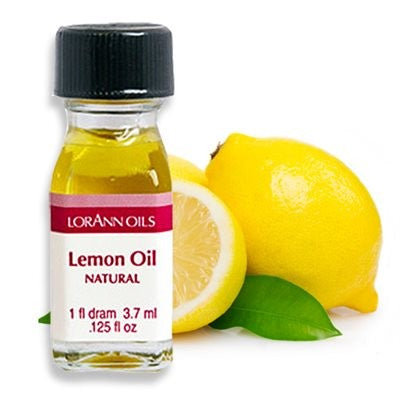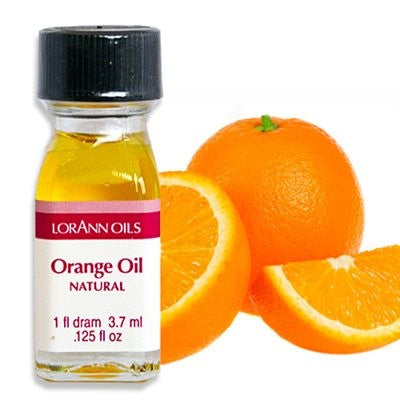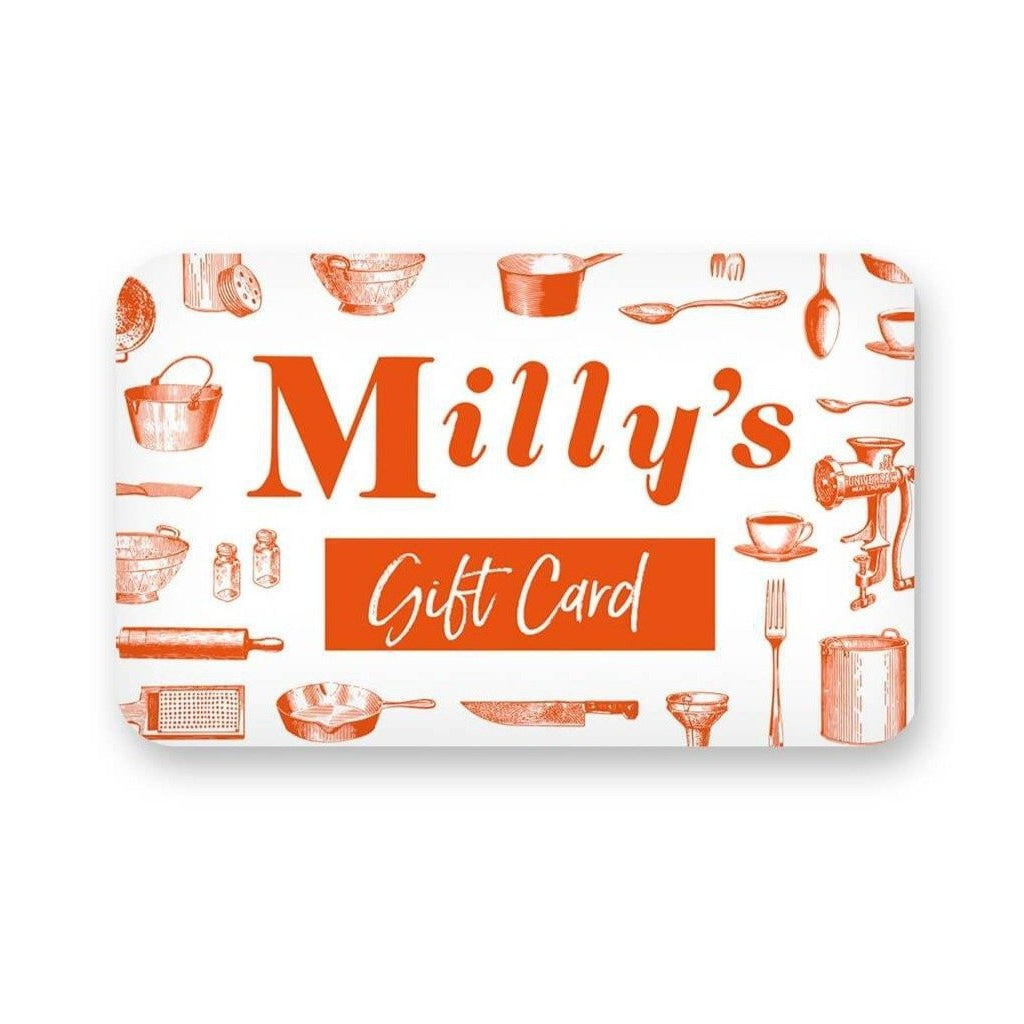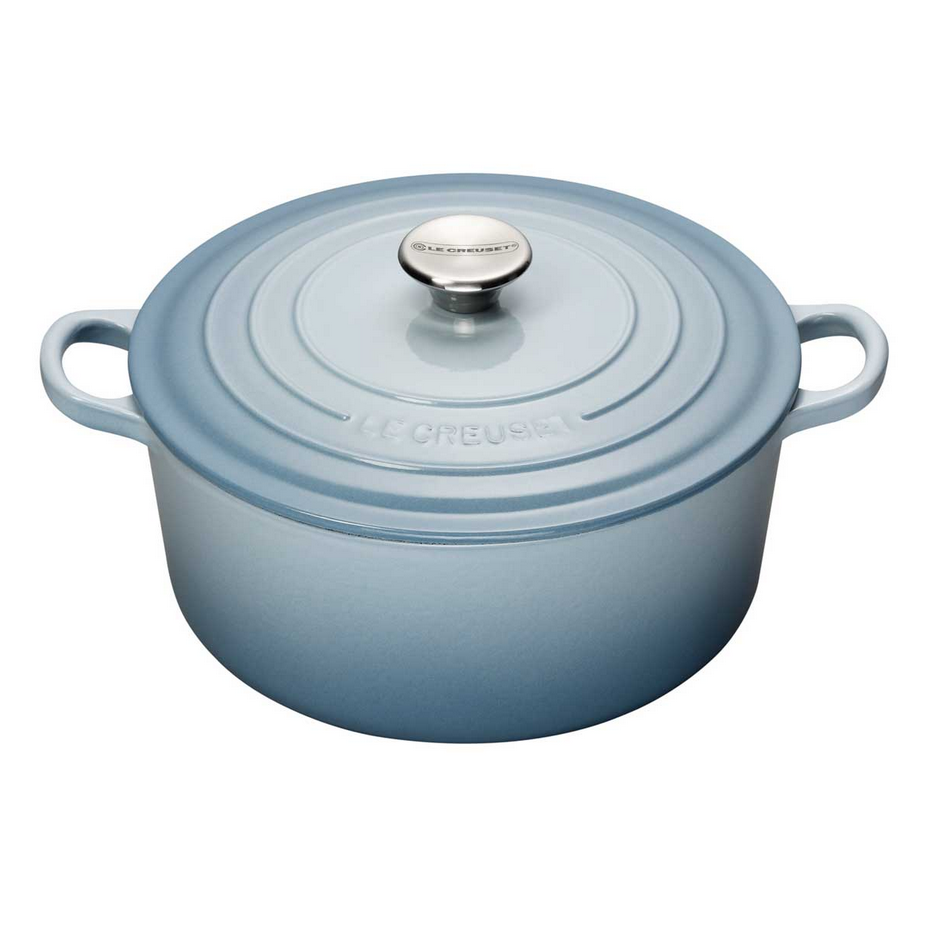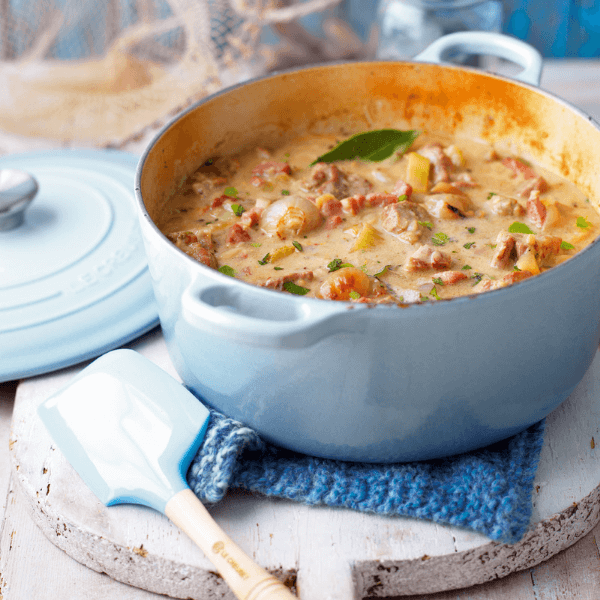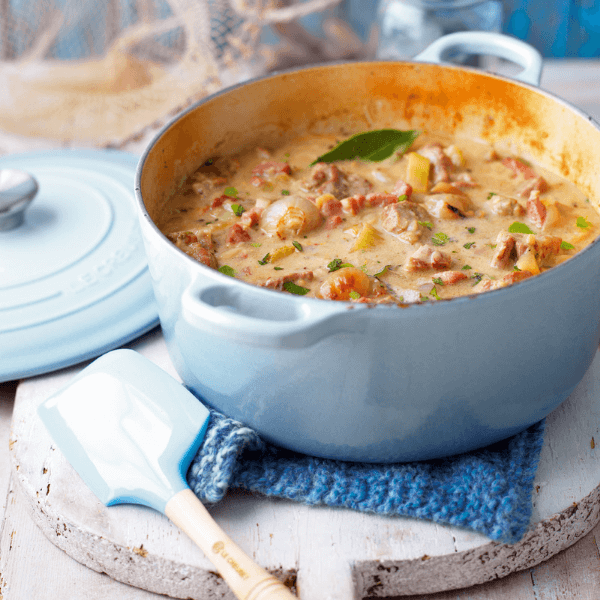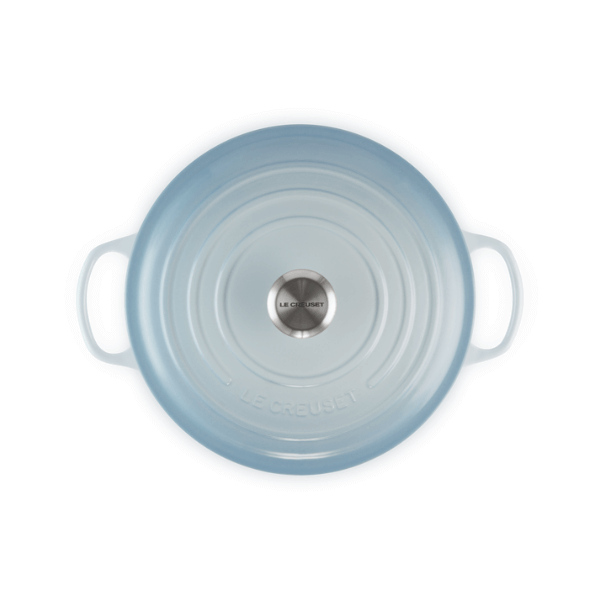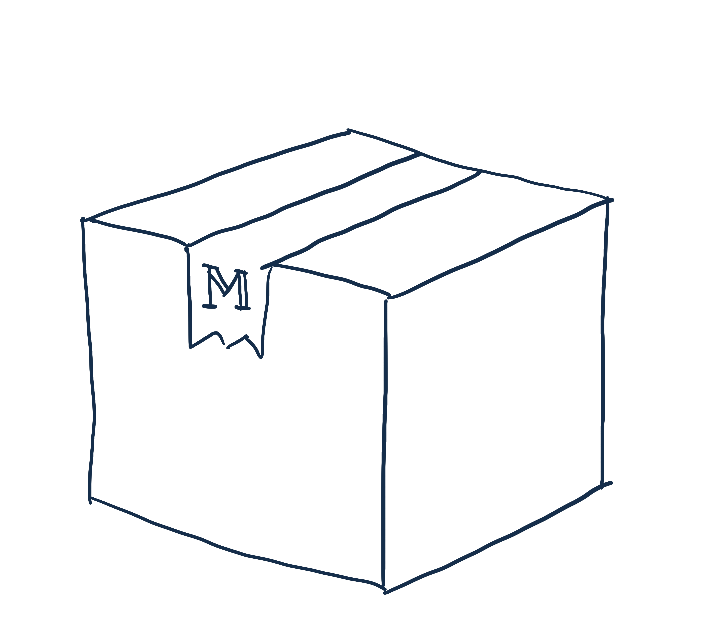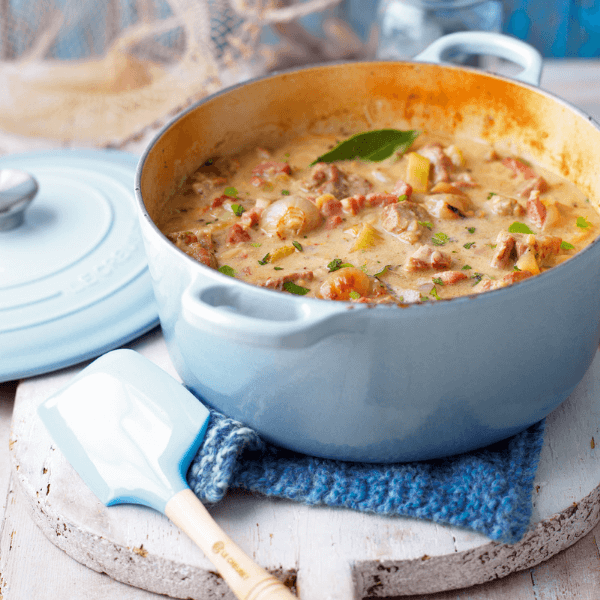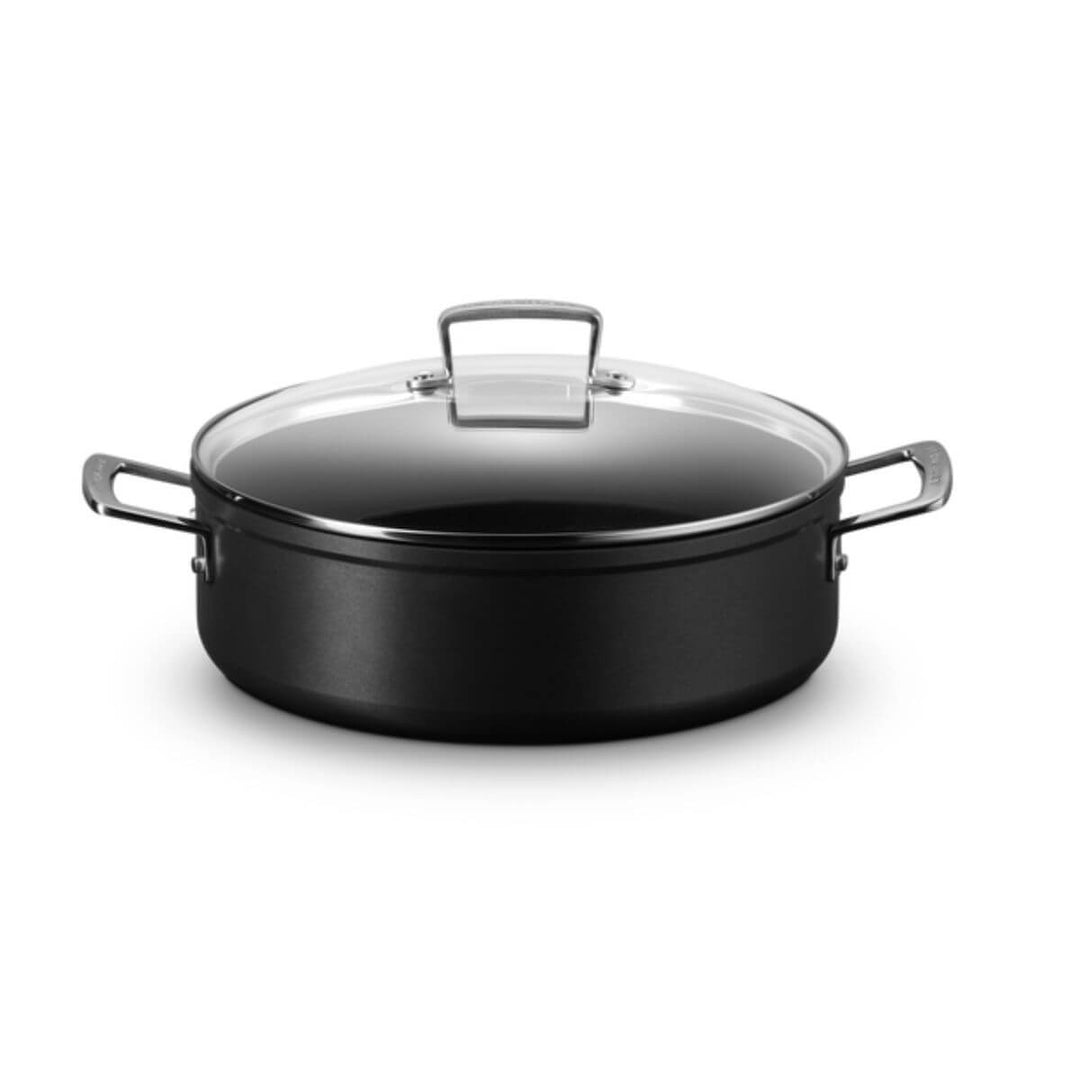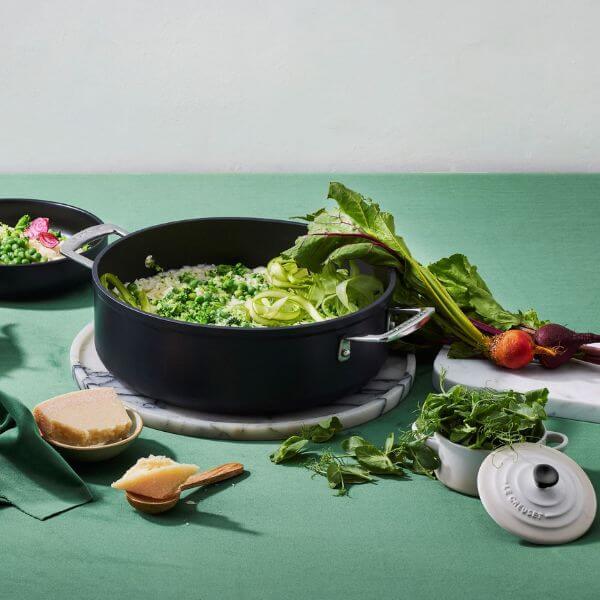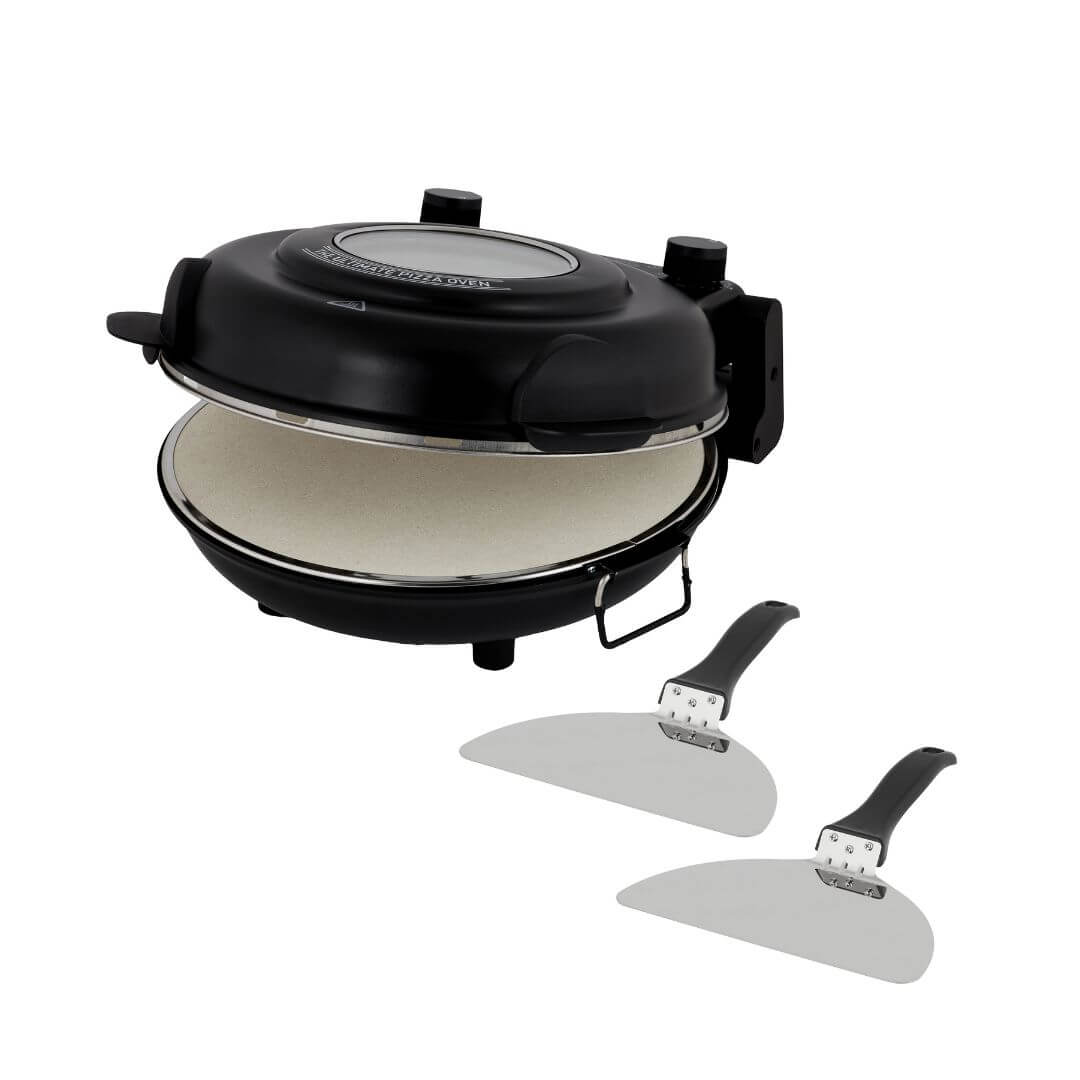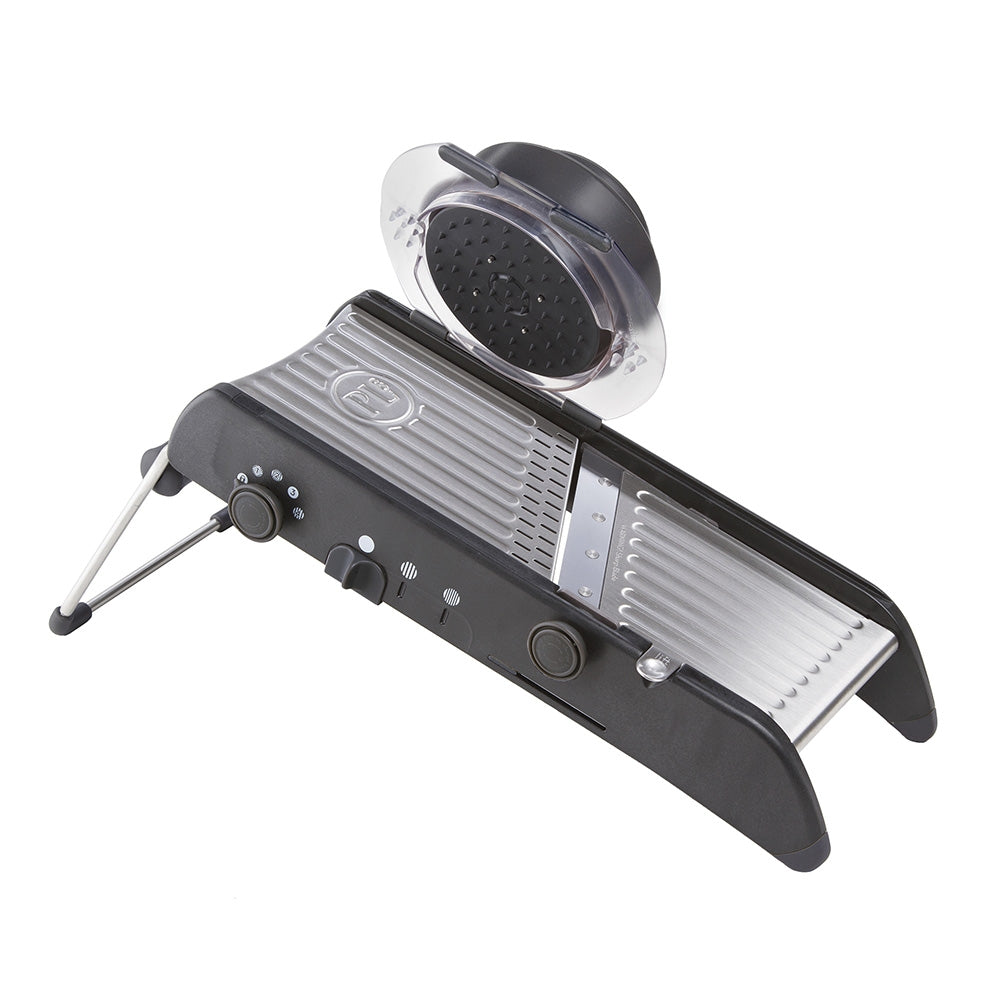Le Creuset Signature Round Casserole Coastal Blue
Please note this product is available as an Order only item. We don't carry this in store but can order stock on your behalf, which we would expect in 7 - 14days. Please click here for our returns, shipping and terms & conditions for Order only items.
Please note this product is available as an Order only item. We don't carry this in store but can order stock on your behalf, which we would expect in 7 - 14days. Please click here for our returns, shipping and terms & conditions for Order only items.
Please note this product is available as an Order only item. We don't carry this in store but can order stock on your behalf, which we would expect in 7 - 14days. Please click here for our returns, shipping and terms & conditions for Order only items.
Please note this product is available as an Order only item. We don't carry this in store but can order stock on your behalf, which we would expect in 7 - 14days. Please click here for our returns, shipping and terms & conditions for Order only items.
Please note this product is available as an Order only item. We don't carry this in store but can order stock on your behalf, which we would expect in 7 - 14days. Please click here for our returns, shipping and terms & conditions for Order only items.
- Free Freight $150.
- Free Click & Collect from our Ponsonby Store
- Got a Question? Chat or call us Ph: 09 376 1550
- Same Day Auckland $45
Crafted from durable and robust cast iron, the Signature cookware range from Le Creuset is perfect for delicious and versatile cooking.
Featuring new and improved easy-clean toughened enamel interior and 45% larger easy grip handles, it features an enhanced tight-fitting lid that is finished with a heat-resistant stainless steel knob.
Suitable for use on all hobs, including induction, it is ideal for use as oven-to-tableware and has been individually cast in a sand mould and handcrafted at the original French foundry since 1925
Capacities;
Round Casserole 20cm: 2.4L Capacity
Round Casserole 22cm: 3.3L Capacity
Round Casserole 24cm: 4.2L Capacity
Round Casserole 26cm: 5.3L Capacity
Round Casserole 28cm: 6.7L Capacity
- Stay cool: Le Creuset's heat resistant knob (up to 260°C) is designed for a better grip, even when using oven gloves to lift the lid.
- Quick cleanup: a light enamel interior helps make cleaning easier.
- Handles like a dream: thanks to large handles, you can easily move from hob to oven to table, even when wearing oven gloves.
- A real workhorse: fit for the oven, hob, induction or under the grill.
- Great tasting food: the cast iron construction retains heat for even cooking and browning. Your delicious creations will also stay warmer at the table for longer.
- Locks in moisture: Le Creuset's tight-fitting lid helps boost moisture and enhances flavour, for perfectly cooked food.
- Easy-grip: its stylish and comfortable handles allow for safe lifting.
- Not too hot: cook with a steady, low to medium heat to take care of your cast iron and enjoy delicious results.
- Best in class: Le Creuset products are crafted from the finest materials in facilities around the world, ensuring the quality you expect.
Cooking with cast iron: Enameled cast iron is a remarkable and robust material that performs well with modern requirements for food preparation and cooking. Whether you choose to stir-fry, slow-cook a casserole, sear a steak or bake a cake, there is a shape that is suitable.
Cast iron performs well for either slow cooking or high-temperature searing. Cast iron can be used reliably on any heat source, including induction, and with any oven or grill. It has the ability to retain heat efficiently, which allows for use of lower heat settings in stovetop and oven cooking.
On the table, a hot covered dish will keep food hot for second servings. Cast iron can also be used to keep foods cold. A chilled dish becomes an ideal cold food server on a hot summer day. It can also be placed in the freezer for food storage or advanced food preparation.
Before first use: Remove all packaging and labels. Wash the pan in hot, soapy water, then rinse and dry thoroughly. Your pan is now ready to be used and does not require any further preparation.
Heat recommendations: Le Creuset cast iron cookware can be used on all heat sources including gas, electric solid plate or radiant ring, vitro-ceramic glass, induction, and ovens fired by gas, oil, coal or wood.
When using any glass-topped stove, always lift the pan when moving it; never slide it, as this may damage the stovetop or the base of the pan.
Always match the pan’s base size to the stovetop heat zone to maximize efficiency, and to prevent overheating of the pan sides or damage to the handles. Gas flames must always be confined to the base area, and must never extend around the sidewalls of the pan.
Long handles should be positioned safely where they do not hang over the front of the stove or other heat zones.
Cooking heats: Medium or low heat will provide the best results for cooking, including frying and searing. Allow the pan to heat gradually and thoroughly for even and efficient cooking results.
Once the pan is hot, almost all cooking can be continued on lower settings. High heat temperatures should only be used for boiling water for vegetables or pasta, or for reducing the consistency of stocks or sauces. High heats should never be used to preheat a pan before lowering the heat for cooking.
Cast iron retains heat so efficiently that overheating will cause food to burn or stick.
Oils and fats: With the exception of Grills, the Le Creuset enamelled surface is not ideal for dry cooking. Your choice of liquid, oil, fat or butter should completely cover the base before heating begins.
Do not leave the pan unattended, and do not allow a pan to boil dry, as this may permanently damage the enamel.
For deep frying, the maximum oil level must not exceed 1/3 full. This depth allows sufficient height above the oil for it to rise once foods are added. An oil frying thermometer should be used for safety, and a lid should be readily available in case of overheating or flaring.
Food storage and marinating: The vitreous enamel surface is impermeable and therefore ideal for raw or cooked food storage, and for marinating with acidic ingredients such as wine.
Tools to use: For stirring comfort and surface protection, silicone tools are recommended but wooden or heat-resistant plastic tools may also be used. Do not knock tools on the rim of the pan. Hand-held electric or battery-operated beaters should not be used. Their blades will damage the enamel.
Knives or utensils with sharp edges should not be used to cut foods inside a pan.
Handles: Cast iron handles, stainless steel knobs and phenolic knobs will become hot during stovetop and oven use. Always use a dry thick cloth or oven mitts when lifting.
Hot pans: Always place a hot pan on a wooden board, trivet or silicone mat—never on an unprotected surface.
Oven use: The black phenolic lid knobs on Le Creuset's Signature range of enameled cast iron are heat-resistant to 480°F / 250°C. The black phenolic lid knobs on the Classic range of enameled cast iron are heat-resistant to 390°F / 200°C.
Products with integral cast iron handles or stainless steel knobs are safe for use in a conventional oven up to 260°C. Pans with wooden handles or knobs must not be placed in the oven.
Do not place any cookware on the floors of ovens with cast iron linings. This will increase the cooking temperature inside the oven, resulting in an increased cooking rate with detrimental effects on food. Do not drag cookware across the floor of the liners. For best results always place on a shelf or rack.
Cleaning and Care
General care: Always cool a hot pan for a few minutes before washing. Do not plunge a hot pan into cold water. While Le Creuset’s enamel is designed to be the most durable on the market, thermal shock may still occur, resulting in cracking or loss of enamel.
If you have food residues, fill the pan with warm water and let soak for 15 to 20 minutes before washing. A brush can be useful for removing small food deposits, or for cleaning between the ribs on grills. Do not use scourers or abrasive cleaners on the cooking surface. Nylon or soft abrasive pads or brushes can be used to remove stubborn residues.
To avoid damaging the enamel, do not use metallic pads or harsh abrasive cleaning agents.
Light stains or metal marks caused by metal tools can be removed with Le Creuset cookware cleaner. An occasional cleaning with this product will also retain the new appearance of your pans.
Never store pans while they are still damp. Store pans in a dry cupboard or airy space away from steam. Maintain the tightness of all handles and knobs by checking and retightening them regularly. Le Creuset enameled cast iron is extremely durable but it may be damaged if accidentally dropped or knocked against a hard surface.
Please note that this is not covered by Le Creuset's Lifetime Warranty.
Dishwasher use: All pans with integral cast iron, phenolic handles or stainless steel knobs can be washed in the dishwasher. However, constant dishwashing may lead to some dulling of the enamel finish. This is not harmful and will not impair performance.
When using the dishwasher always allow the cycle to finish before opening the door. This will ensure the pans are dried thoroughly.
Pans with metal handles can be washed in the dishwasher, but this greatly reduces the development of a patina; as a result, grills and skillets will require oiling for a longer period. Pans with wooden handles are not dishwasher-safe.
Milly's Kitchen is committed to deliver your order as quickly as possible.
If you can add the product to your cart without pre-order or order-only info showing, then we have the item/s in-store and they're available for immediate dispatch. Please see our shipping page for approximate delivery times.
At Milly's Online, your satisfaction is guaranteed. If for any reason you are not happy, we will gladly replace, exchange (subject to availability) or refund within 7 days of purchasing any goods returned un-used with the applicable packaging as supplied (excluding order-only items).
Please note if you can add the product to your cart without a pre-order message popping up, then we have stock available for immediate dispatch.
Where there's a "Pre-order" or "Order only" product message, these items are out of stock in-store and not available for immediate supply, the restock estimation times will be noted with the listing.
If you place an order for out-of-stock items, any stock we have in transit will be allocated to fill your order as soon as the delivery arrives or we will include stock when we next order from that supplier.
Pre-Order Items
These are products we generally carry in-store and will often have ordered with the supplier, as soon as the stock arrives we will ship with our standard shipping estimate times or let you know the product is ready for your collection (for Click & Collect orders).
Order Only Items
Many of the brands we carry have a large selection of colours and specialty products that we don't necessarily carry in-store, however we're happy to order these specifically for your purchase.
Please select carefully as, because these are not pieces we carry in-store, these items can not be returned for exchange or refund due to a change of mind.
Occasionally we're advised of delays or out-of-stock issues from our suppliers, we will contact you as soon as we're made aware of these and you can decide how you'd like to proceed from there.
Free Freight for purchases over $150.00*
No Charge Click & Collect from our Ponsonby store.
Courier Freight Charges:
- Auckland (Orewa to Pokeno) $7.50
- Rural Auckland (including Waiheke Island) $14
- Nationwide $10.00
- Rural Charge of an extra $4.00 applies to rural delivery
*In-store only gift cards are excluded from our free freight offer, if you'd prefer not to pay for freight please consider purchasing the online version.
See our Shipping Info for all the Shipping Terms & Conditions.


